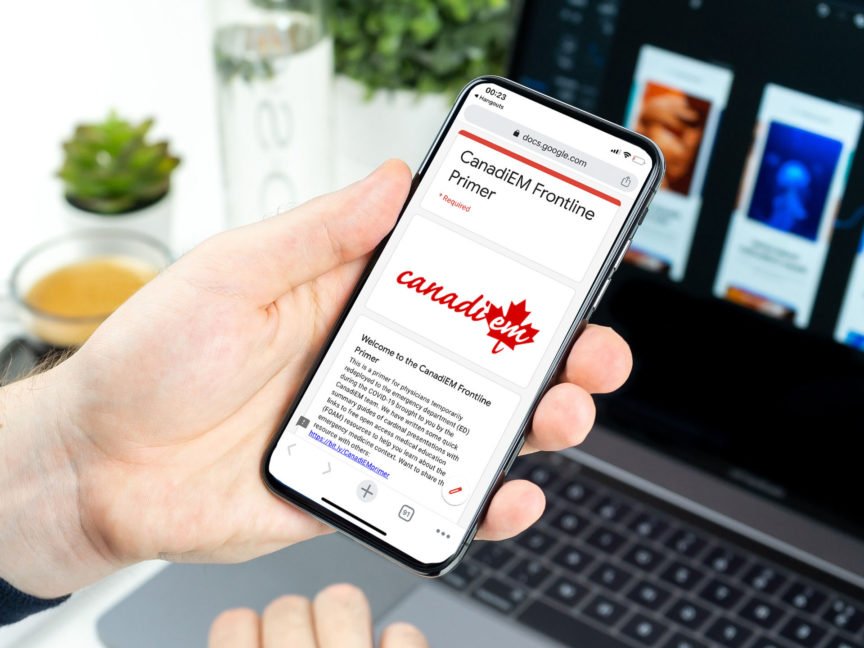Points to Focus upon
- Handover is when you transfer professional accountability and responsibility of at least one patient to another person, often within the same profession and within the same function. When there is a difference in skill set or practice (e.g. a community nurse practitioner asking an emergency physician to work-up a chest pain patient in the emergency department), this is often referred to as a consultation or referral. (Please see “ED Skills – Consulting Other Physicians” for more on this)
- Handovers occur very frequently in the ED1. You will most frequently GIVE handover at the end of your shift, when there are still outstanding items pending. You may RECEIVE handover from prehospital providers during your emergency shift.
Key information that needs to be conveyed include
- Patient’s current health status (stable or not stable)
- Medications being currently administered (or recently administered)
- Treatment plans
- Advanced directives
- Recent course in emergency department since arrival
The following are some handover tools that can augment your communication and decrease cognitive load. Both approaches listed below have been shown to improve the quality of handovers2,3.
iSBAR2
- i – introduction
- S – Situation
- B – Background
- A – Assessment
- R – Recommendation
IPASS3
- I – Illness severity
- P – Patient summary
- A – Action list
- S – Situational awareness and related contingency plans
- S – Synthesis by RECIPIENT of handover
Other Tips for Success
- It can be particularly challenging in the age of COVID-19 to find a quiet location to complete handover. A typed up set of notes may be useful to augment a verbal handover, since the use of social distancing (2m apart for team members) and face masks may make it difficult to hear.
- Asking the receiving team member to repeat back is a good way to close the loop1,3.
Recommended Reading, Videos, and Podcasts
- The BMJ – Safe Handover
- IHI SBAR Tool Kit
- Royal College of Physicians. Acute care toolkit on Handover (CAUTION – British Resource)
Related topic: “ED skills – Consulting Other Physicians”
The following is part of the CanadiEM Frontline Primer. An introduction to the primer can be found here. To return to the Primer content overview click here.
This post was copyedited and uploaded by Johnny Huang.
References
- 1.Merten H, van G, Wagner C. Safe handover. BMJ. 2017;359:j4328. doi:10.1136/bmj.j4328
- 2.Haig K, Sutton S, Whittington J. SBAR: a shared mental model for improving communication between clinicians. Jt Comm J Qual Patient Saf. 2006;32(3):167-175. doi:10.1016/s1553-7250(06)32022-3
- 3.Starmer A, Spector N, Srivastava R, et al. Changes in medical errors after implementation of a handoff program. N Engl J Med. 2014;371(19):1803-1812. doi:10.1056/NEJMsa1405556


